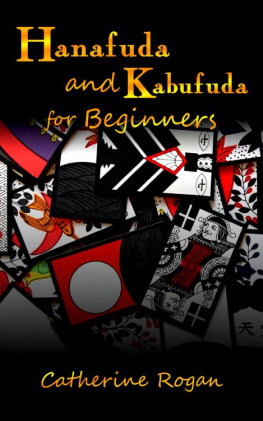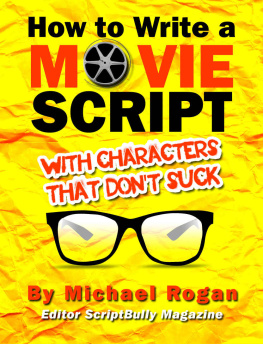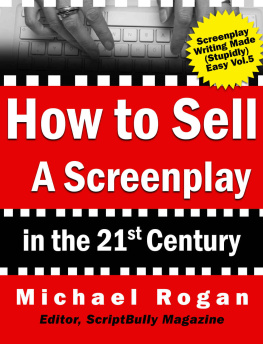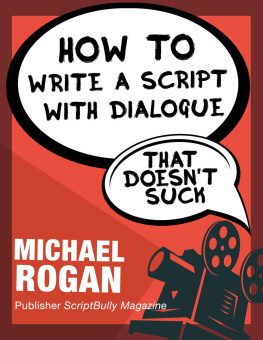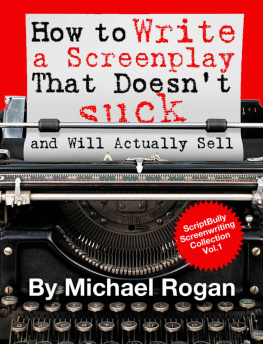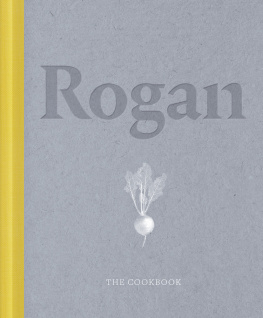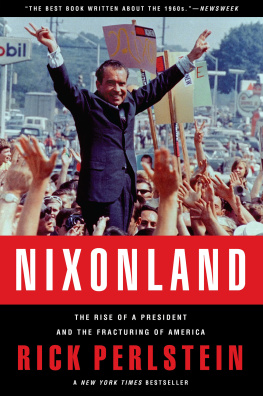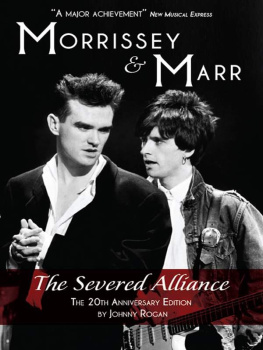And then I met
ALSO BY JAMES E. ROGAN
My Brush with History (contributor, 2001)
Rough Edges: My Unlikely Road from Welfare to Washington (2014)
Catching Our Flag: Behind the Scenes of a Presidential Impeachment (2011)
And then I met
STORIES OF GROWING UP, MEETING FAMOUS PEOPLE,
AND ANNOYING THE HELL OUT OF THEM
JAMES E. ROGAN

And then I met
Copyright 2014 by James E. Rogan
All rights reserved. No part of this book may be reproduced, copied, or distributed in any form or by any means without permission in writing from the publisher, except by a reviewer, who may quote brief passages in a review.
Published by WND Books, Washington, D.C. WND Books is a registered trademark of WorldNetDaily.com, Inc. (WND)
Book designed by Mark Karis
WND Books, Inc., also publishes books in print formats.
WND Books are distributed to the trade by:
Midpoint Trade Books, 27 West 20th Street, Suite 1102, New York, New York 10011
WND Books are available at special discounts for bulk purchases. For more information call (541) 474-1776 or visit www.wndbooks.com.
Hardcover ISBN: 978-1-936488-38-4
eBook ISBN: 978-1-936488-46-9
Library of Congress Catalog-in-Publication Data
To my mother, Alice,
who forgave all the times I ditched school to meet politicians
And to my kid brother, Pat,
who always handled the dirty work
CONTENTS
INTRODUCTION
Six degrees of separation, a theory developed in the 1960s, holds that everyone in the world connects to everyone else by no more than six people. For example, even though we have never met, I once met someone who met someone who met someonewho met you (eventually). Thus, by this concept, we are connected in the chain by no more than six people between us.
I dont know if this notion has any validity, but it intrigues me because, according to it, I am only one degree from Marilyn Monroe and Rudolph Valentino; from Winston Churchill and Theodore Roosevelt; from Babe Ruth and Charles Lindbergh; from Buffalo Bill and Chief Crazy Horse. On the darker side, just one person stands between me and Charles Manson, Al Capone, and Adolf Hitler. When it comes to no degree of separation, meaning the people Ive met whose stories once populated the headlines, the list is endless. Their ranks include presidents (and the men they vanquished to win the White House), great political leaders in their day, movie stars, astronauts, and sports legends. I had one friend who costarred in Gone with the Wind, and another who danced with Judy Garland in The Wizard of Oz. I was attacked by an Indian who witnessed General Custers massacre at Little Big Horn; Ive sparred with Muhammad Ali; Ive played practical jokes on both the first man on the moon and Pope John Paul II.
A congressman meeting famous people is no big deal; in fact, it goes with the turf. The difference between me and the other members of Congress with whom I served is that I met most of the ones in this book when I was a kid, and I did it under very unlikely circumstances. No, they werent the friends of my to learn about that wild ride (but dont read it if youre faint of heart or easily offended!).
So, how did I stay out of prison? The short answer is that as a young kid, and despite all the swirling dysfunction around me, I developed an insatiable appetite for history, government, and politics. I dreamed that I could climb out of the old neighborhood and one day serve in Washington as a congressman. It took me thirty years of hard work, but I did it. Of course, once I got there, I made an absolute nuisance of myself by demanding that we respect the rule of law rather than the polls and the focus groups. Its funny: voters always say they want politicians who will do what is right instead of what is popular until they get it, and then they get mad at the guy who didnt do what was popular! Thats another great story, and youll find it in my second book, Catching Our Flag: Behind the Scenes of a Presidential Impeachment.
This book, And Then I Met , is the story of how that nuisance gene first manifested in me, and how I used it to foster a lifelong interest that changed my life forever (it even let me end up being a small player in history). By the way, a few of the stories were told in my previous works, albeit in abbreviated form. Im including them for two reasons: first, I can tell the story more completely here; and second, theyre just great stories worth retelling.
Readers of my earlier books know I am at heart a political buff, a lifelong collector of campaign memorabilia, and (mostly) a wannabe historian. I started meeting famous people to ask for advice (generally politicians, but they covered the gamut of fame-dom) when I was twelve, and I brought my camera and notebook to memorialize each encounter. My photo albums and diaries over the last forty-plus years cover the greats, the near greats, and the former greats now long forgotten. They remained buried in storage until early 2013, when I became the last person in America to join a social networking site to keep in touch with family members (memo to as-yet-unborn readers in future generations: social networking was a prehistoric invention from the digital Paleozoic Era, designed for people to meet and chat with one another without meeting or chatting the way God intended). Once I joined, my daughters urged me to pull out some of my old photo albums of pictures Id taken of famous people from decades past and post a sampling of them. After I started, friends and family e-mailed and asked me to share the stories that went with the pictures. I started doing this for a while, and voil! Another book idea was born.
In writing this book, I read old diary entries I hadnt seen since writing them some more than forty years later. As one might expect, at times I found that the vivid stories Ive told over the decades had more color than some hastily scrawled, bland, ancient notebook jottings. The dilemma: how to harmonize the dull written source and my storytellers memory? The 1962 film The Man Who Shot Liberty Valance helped resolve the question. The movie opened with aging US senator Ransom Stoddard (who built his career on the reputation he earned as a young lawyer in the Old West for killing outlaw Liberty Valance) returning to the small town of Shinbone for the funeral of the town drunk. When the reporter from the Shinbone Star demanded to know why Americas most distinguished statesman had come back for the burial of some old sauce bag, the movie faded back to the past for the true story. The film ended with the senator confessing to the reporter that the drunk, and not he, had killed Liberty Valance, and that Stoddard had built his entire career on a lie. After hearing the confession, the reporter tore up his notes. When the senator asked why the reporter refused to write the true story, the reporter replied: Senator, this heres the West. And in the West, when truth conflicts with legend, we print the legend.
Finally, a word to anyone present with me at any of the stories I recount in this book: if your version conflicts with mine, I recommend to you President Harry Trumans account of growing up on a Missouri farm. His father brought young Harry to the local Democratic Party annual county picnic, where by tradition Colonel Crisp (Truman described him as a colonel by agreement) ended the affair each year by standing on a picnic table and delivering an oratorical presentation of his Civil War experience at the Battle of Lone Jack. At one such picnic, after the colonel finished his tale, a soldier who had actually fought at Lone Jack rose and gave a point-by-point contradiction of the colonels account. At the conclusion of the hecklers outburst, Colonel Crisp spat out a reply to this attack on his veracity: Goddamn an eyewitness anyway. He always spoils a good story.
Next page

